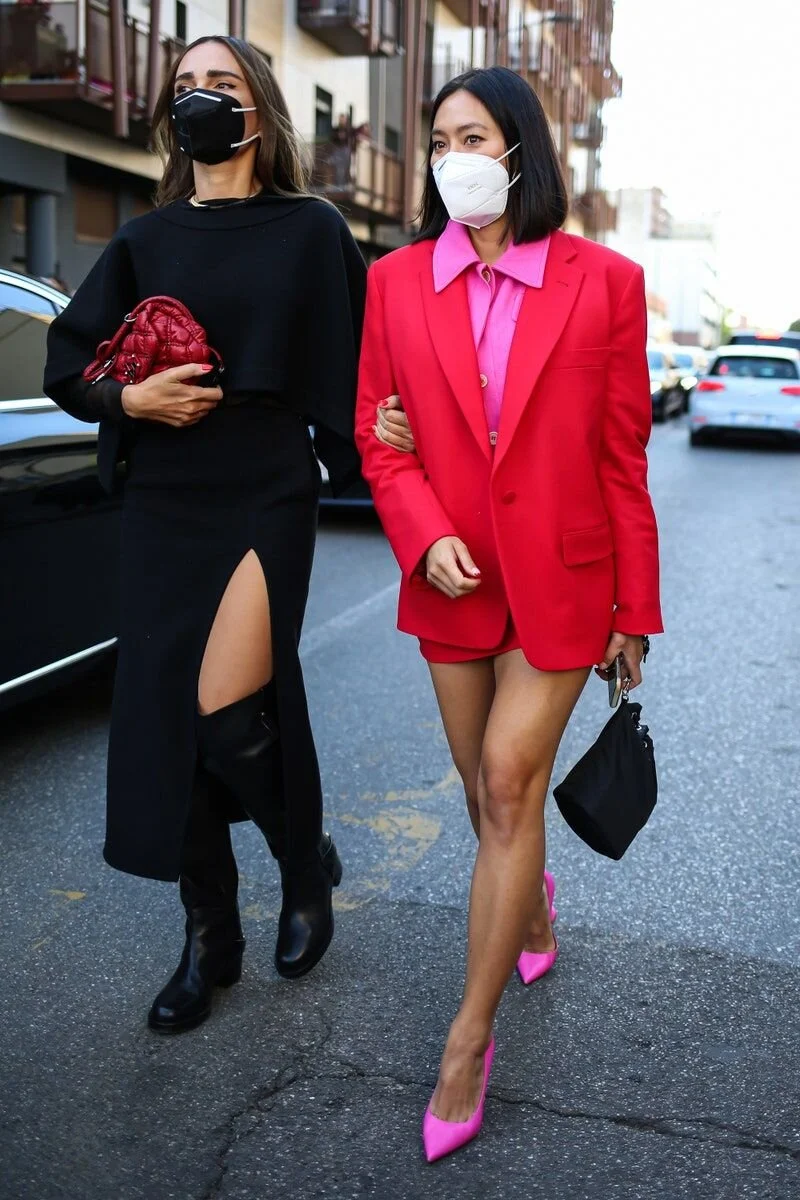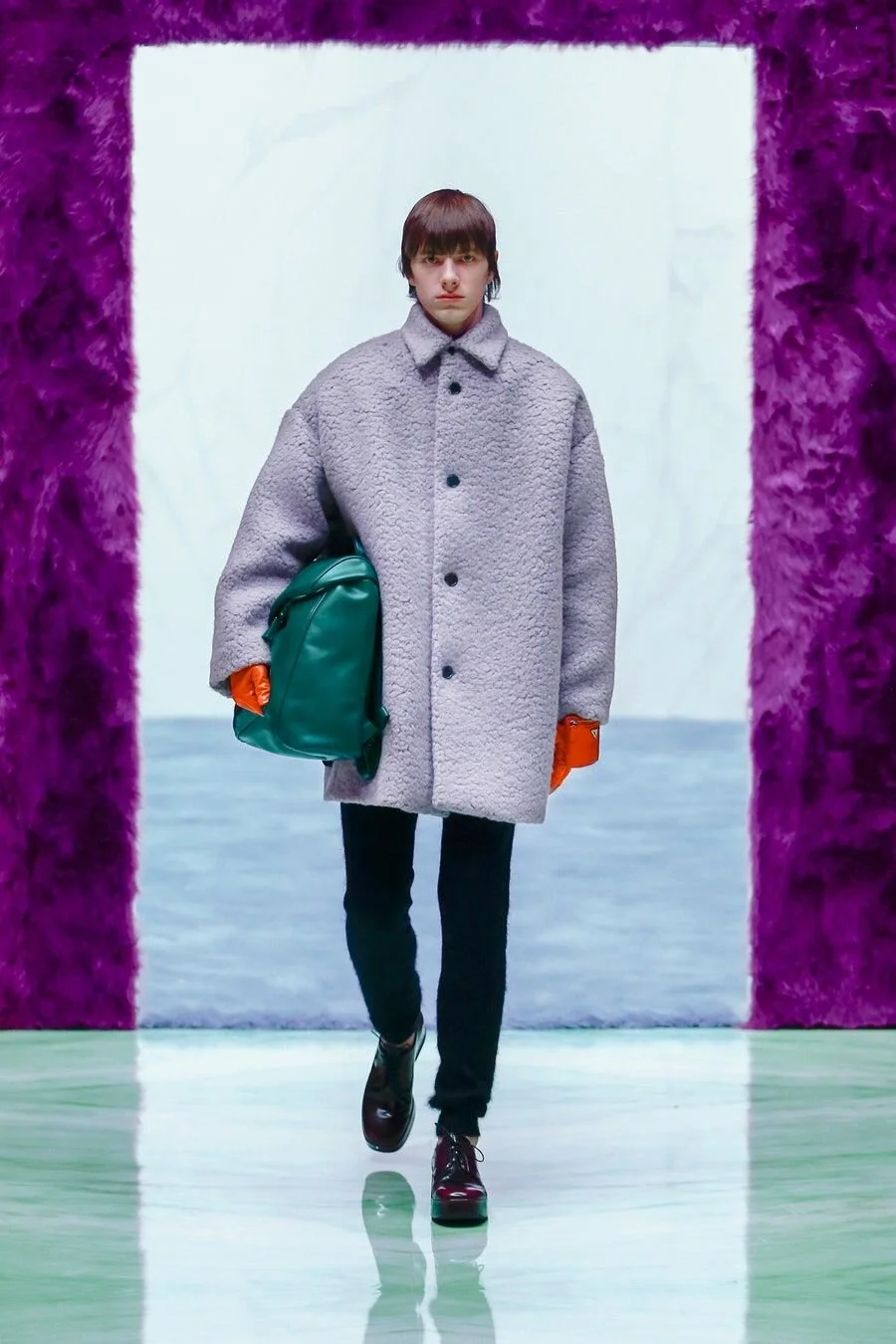Fashion Fallacy
In an industry where everything may seem misunderstood, fashion can be understood when it’s looked at through a different lense.
below are just a few ways to see the bigger picture.
Misconceptions revolving around the fashion industry have existed for years, whether it may be that it is only for the elite, a blindly followed industry, or that it is solely for women. However, many of these fallacies, specifically, that fashion is only influenced by women, and that it is a mysterious and unpredictable cycle of what is in and what is out, can be easily proven false when looking at not only the history of fashion but its current climate as well. Men have proved themselves a key influence in fashion for years, setting the tone for current and past styles. Not only that, but new trends and styles appearing in the market can be predicted and measured with extreme accuracy by those who study the fundamentals of fashion (Stone, 2012). Although fashion and its industry are misunderstood by many, when looked at analytically, it can also be anticipated and foreseen by those who understand it.
Fashion is seen as a predominantly women-run industry but is in fact influenced by the general population, especially men. Men’s styles have been changing and evolving for centuries, and are still changing today. Whether it is the tailcoat being replaced by the dinner jacket, wall street style, or printed suits, men’s fashion is always evolving (Shapira, 2017). The Rolling Stones had a huge influence on fashion, as well as David Bowie, and today, Harry Styles. The Stones changed fashion for many in the ‘60s and ‘70s, with their androgynous and, at the time, daring looks on stage. Their ruffled shirts, jumpsuits, and even dresses blurred gender lines, promoting a new style for men. Stars alike had the same idea, with Bowie’s vibrant colors and disco looks leading the pack that would influence the fashion industry for years to come. Now, Harry Styles and Timothée Chalamet have shown a new generation a variation of men’s styles. Harry Styles’ flare pants, glitter sets, and all lace looks have influenced the masses to follow in his footsteps with his gender-fluid style. Although he wears designs by big names like Gucci and Vivian Westwood, Styles is also drawing attention to new up and coming designers like Harris Reed. In addition, Marc Jacobs, Karl Lagerfeld, Ralph Lauren have been trailblazers in their fields to influence both men and women. It is important to attribute leading ideas in fashion to not only women but also men, as they inspire both genders to adopt and emulate new styles into their own wardrobes.
As new styles, trends, and fads appear in the market, their rise to popularity, and subsequent fall, may seem unpredictable and mysterious, but they are in fact easily tracked through the fashion cycle. The bell-shaped curve can be broken down and analyzed through its five stages: introduction, rise, culmination, decline, and obsolescence (Stone, 2012). As new styles emerge by fashion innovators, if accepted, their popularity can be tracked. Fashion is not only tracked through the fashion cycle but through James Laver’s Rules for Fashion, as this illustrates how long certain fashions will be worn after their introduction, as well as how long it will take until they come back in style (Stone, 2012). These methods of fashion prediction hold true to this day, but fashion can also be predicted by the political, social, and economic climate. Fashion in wartime was influenced by the rationing of fabrics, creating shorter hemlines and recycled fabrics. The ‘60s rebelled against traditional fashion, similar to the youths rebelling against the government for civil rights and social justice. As for today, lockdowns due to Covid-19 and the nation’s protests in light of the murder of George Floyd have already pushed loungewear and black designers to the forefront of fashion.
Although there are many misconceptions surrounding the fashion industry, when looked at critically, it becomes clear that it can be predicted and is influenced by all.
References
Shapira, J.A. (2017). A History of Men's Fashion and Style. He Spoke Style. Retrieved June 21, 2020, from https://hespokestyle.com/mens-fashion-history-timeline/
Stone, E. (2012). In Fashion (2nd ed.). Fairchild Books.




